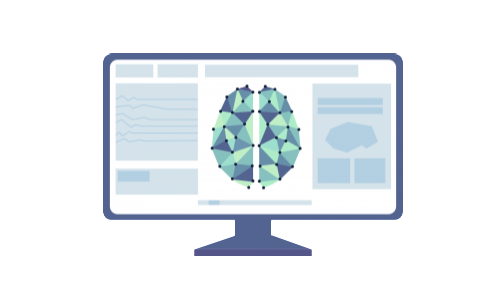Little dots flicker in and out of my sight. Pixels form a half moon of undulating zigzags in the corner of my vision. My fingers start to feel thick and tingly. A light throb begins in the right side of my forehead. My senses are heightened. I know this feeling all too well: It is yet another migraine.
Having a headache and popping an Advil or two in the library is becoming increasingly normalized, even glamorized, by the ‘busy culture’ pervasive at universities. Taking pain killers, however, is only one of the measures I use, as a chronic migraineur, to make the pulsing in my head stop. Making me temporarily unable to engage in daily tasks, migraines force me to take a few hours of the day off to lie down in a dark room, something that is not always practical with my endless to-do list. At the same time, they serve as a positive reminder to pace myself from time to time.
Migraines are recognized by the World Health Organization (WHO) as a primary headache disorder, yet the word gets thrown around, overlooking the trauma of experiencing these disabling episodes. Furthermore, despite having been recognized as a disorder, it is very difficult to get a doctor’s note for a migraine and be excused from assignments and deadlines, as they show no exterior symptoms and there is little societal recognition for their debilitating effects.
Migraines occur in my head, but they affect my entire body. They make me think I’m losing my mind and even my sight. At times, they’ve made me feel like I’m hungover or high. When I experience a migraine, it feels like the right-side of my forehead is being attacked from the inside, impairing my ability to fully function. However, from the outside, I just look lost in my thoughts or dazed.
The fact that migraines are invisible is why they felt so scary and isolating to me when I first started having them at the onset of puberty. They were a lot more intense back then, but experiencing them as a young adult is no less isolating. Having to remove myself from social situations, when I was enjoying myself only minutes earlier, is never fun.
There is no convenient time to get a migraine, but they always seem to show up when I least want them to. I have been stuck with a migraine at inopportune times, including in the middle of a midterm; while walking on Saint-Laurent at night; at dinner with family and friends; while at a coffee shop studying; the day before an exam; and while watching a movie on my laptop.
Yet, over the last eight years, I’ve learned to cope with my migraines and the unique pixel filter they place over my vision a few times per month. I’ve also started to relate to them differently, seeing them more as a symptom of my lifestyle, than a problem, per se. My migraines don’t occur in a vacuum. They usually paralyze my overstimulated brain after having had little sleep for a couple of nights and having stared at a screen for more hours than recommended, usually in preparation for a midterm or after writing a research paper.
It is very difficult in this digital age not to have my migraines triggered when a friend shows me a meme on their extremely bright phone, when my professor turns off all the lights without warning to show us a video, or when the sunrays hit my computer screen and reflect into my eyes, but I have learned to appreciate migraines as a somewhat welcome break from my busy life as a McGill student.
While I rarely experience migraines at opportune times in my day or schedule, living with them has taught me to slow down, even if it means dimming my own brightness once in a while so I can recharge and delay the next episode as much as possible.








After 23 years ,I and my migraine grew up and I learned how I managed it riring a party time or in a class or at work. But Unfortunately when I turned forty I couldn’t manage it well because I am not strong enough compare to my 30’s age.